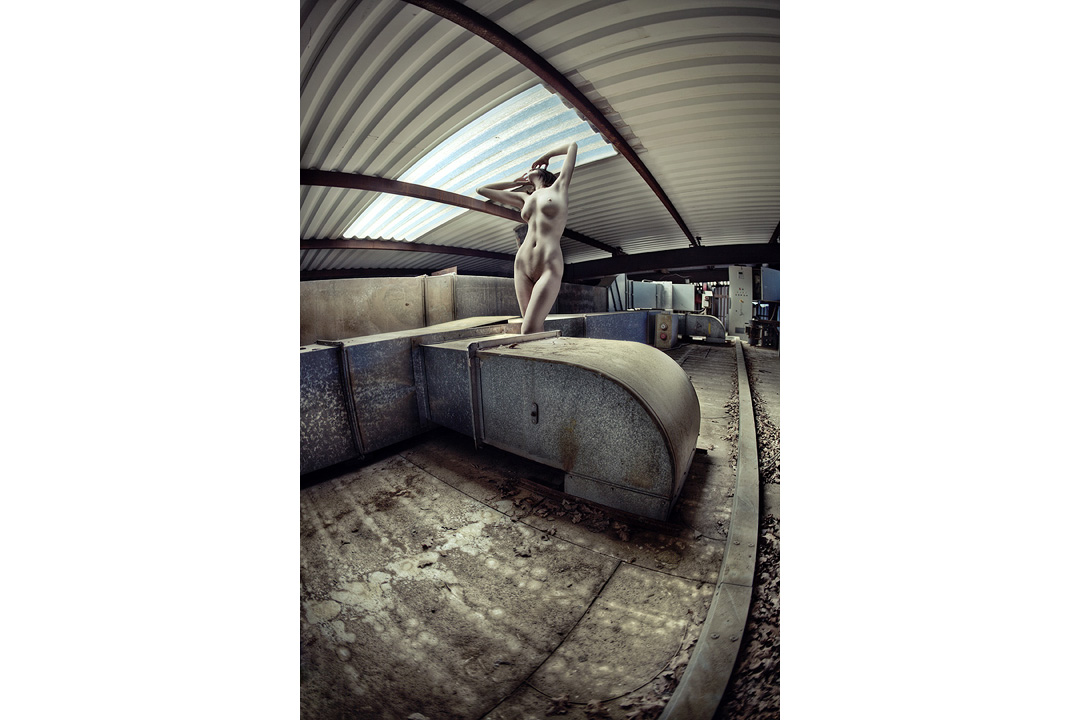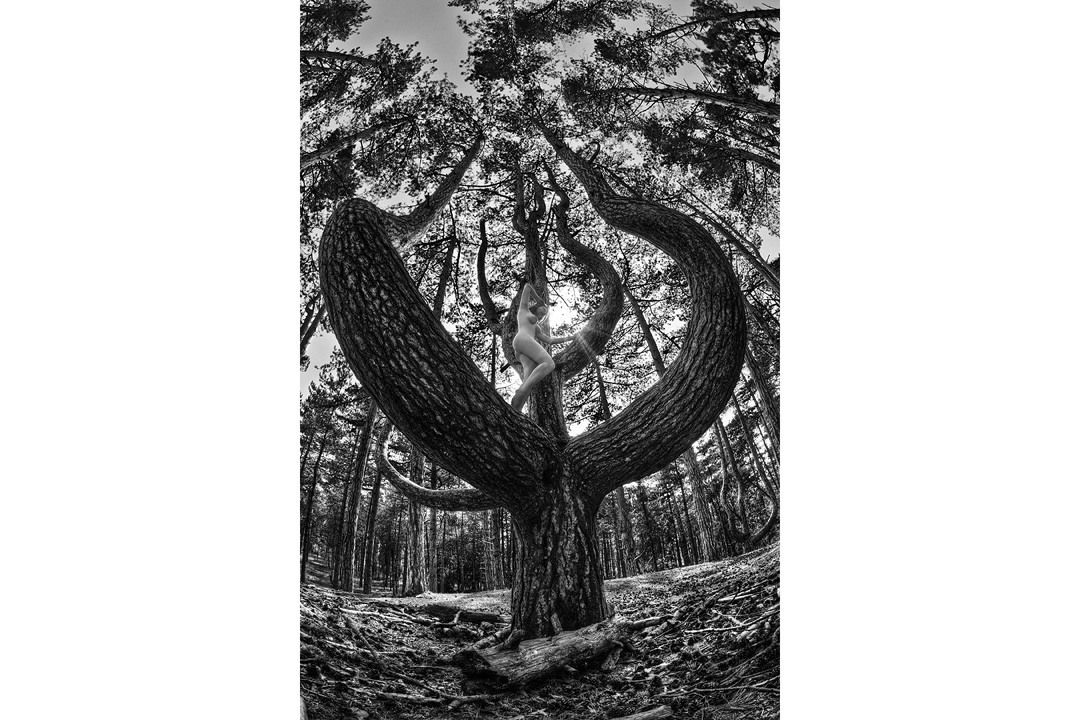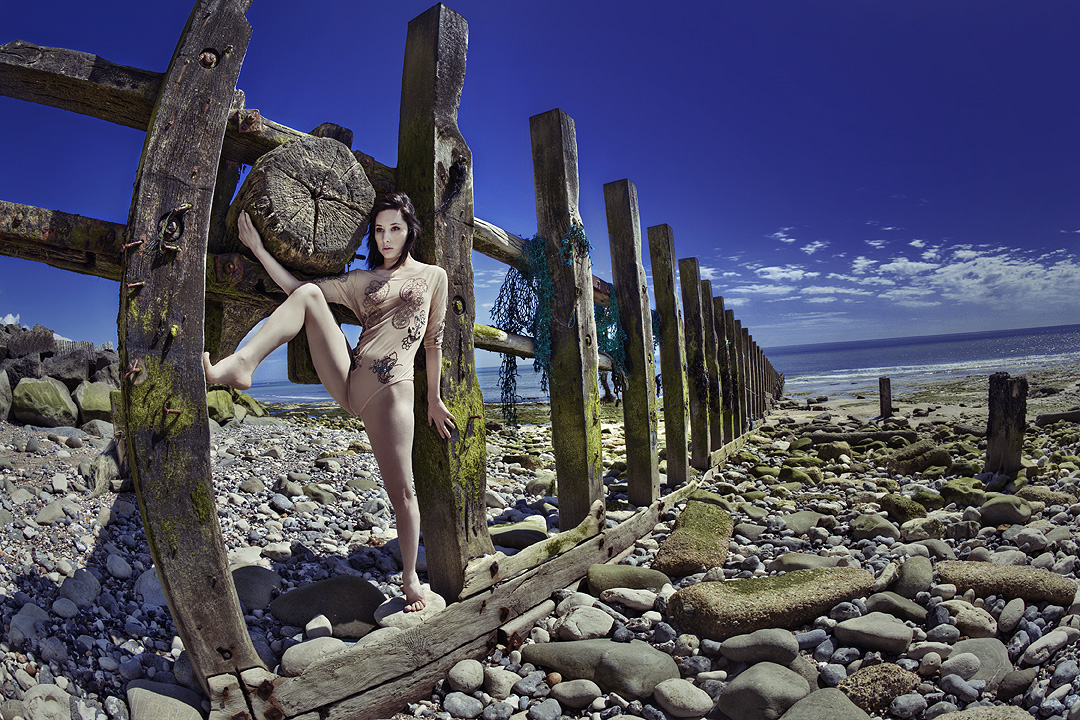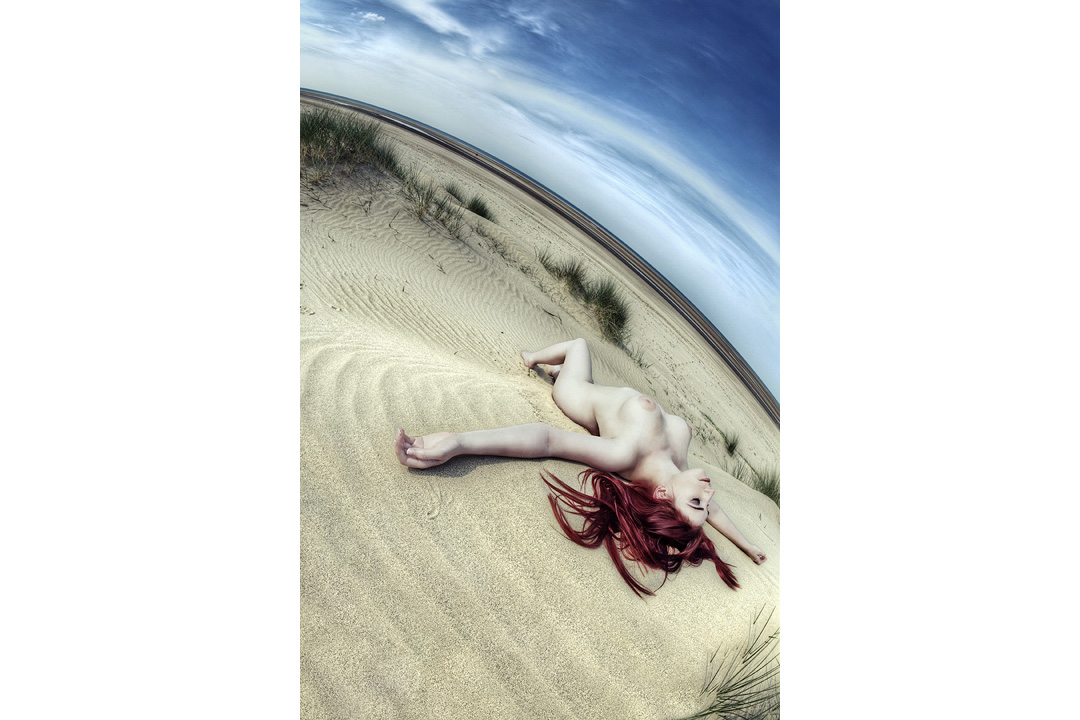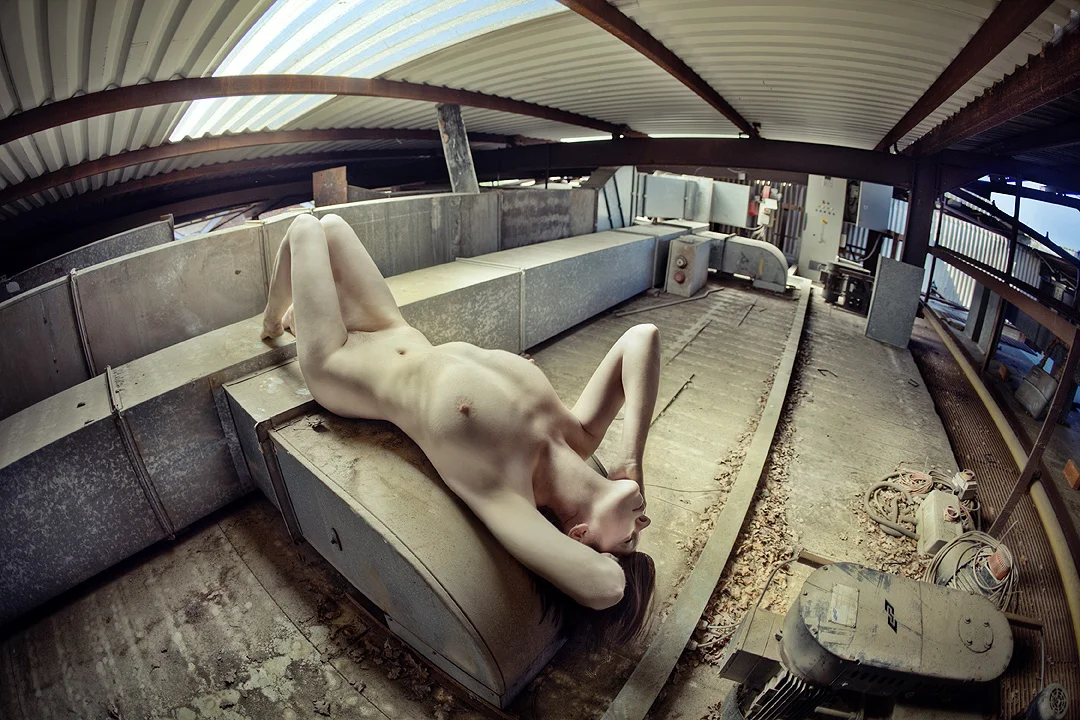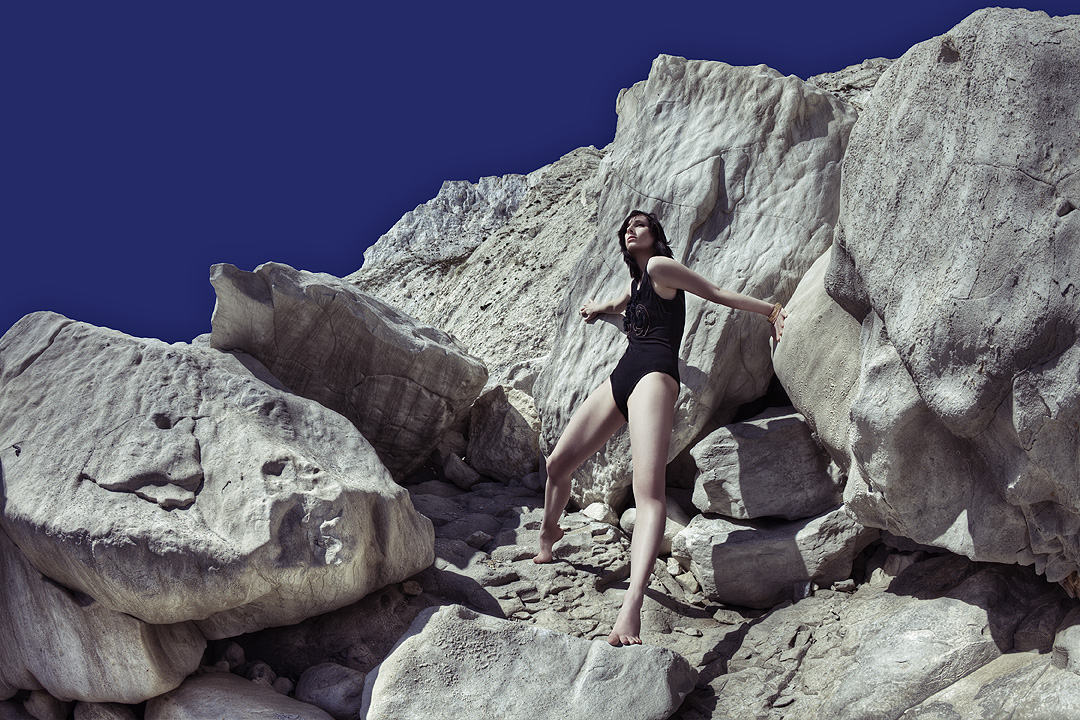Model: Gem NHDR (higher dynamic range) photography has got increasingly popular over the years and like anything that is 'trendy' and 'cool' many photographers have experimented with the technique, some more successfully than others. The modern day process of HDR is quite digitally intensive and as such you will always get people who push these experiments to extremes and it wasn't long before popular photo sharing sites were deluged by these intense results. The upshot of this was that the technique was quickly seen as 'over processed' and no longer photography but more digital art. Although time consuming, correctly done HDR and tone-mapping photographs can produce some stunning results.
HDR photography or tone-mapping is the process of evening out the range of light in an image. For example by darkening highlight areas and brightening shadow areas. As we go about our daily lives our eyes do this automatically, and they have an incredible range of latitude in what they allow us to see. From being able to see at night by the faintest starlight to seeing the brilliant white sands in the noon day sun. Our pupils expand and contract to allow more or less light in and they do this almost instantly as they move around a scene in front of us, from the a bright white china teapot to the shadow under a table the eye renders all the detail to the point where we barely notice light levels fluctuating.
Model: Roswell IvoryCameras adjust light in a similar way, allowing more or less light in to expose an image correctly. Unfortunately when we capture a whole scene we only get to choose one exposure, whether we choose an average of the whole scene or choose a specific point to expose correctly there will always be areas in the photo that are under and over exposed. HDR tries to combat this by pulling these levels back to the correct exposure by using raw software, dodging and burning or by combing multiple photographs taken of the same scene but at different exposures.
This process of adjusting the highlights and shadows of a photograph has been going on since the dawn of photography. It was most famously popularised when Ansel Adams introduced his outstanding black and white landscapes in the early 1930's, his work was heralded at the time because of the sheer level of detail in his images. He would spend literally days and weeks in a darkroom meticulously dodging and burning an image to limit any 'clipping' of highlights and shadows. Sometimes this would be done with carefully hand cut 'masks' that would perfectly fit an horizon line to allow him to darken the sky without darkening the landscape. This should all sound very familiar to anybody whose even remotely familiar with the modern day Photoshop. We dodge, burn and use masks on a daily basis now and they are all fundamental techniques in the modern day HDR process.
My personal HDR technique utilises raw processing software, dodging, burning and also the combining of these with masks. Firstly though the photographs have to be taken, this requires a little more preparation than normal but once you have your own process it becomes second nature. Firstly a tripod is key to making the separate images taken match up correctly later. Set the camera up to bracket the exposures, all cameras are different but ideally your looking for around 3 to 5 separate photographs to be taken of each scene all at different exposures. For example the shots should be over-exposed by 2 stops, 1 stop over-exposed, correctly exposed, 1 stop under-exposed and finally 2 stops under-exposed.
Model: AllegraOnce the photographs have been taken its time to combine them. Personally I use the software Photomatix by HDRsoft. They have a free trial on the site but the cost of the actual software is minimal. There are lots HDR software out there but for me this one offers the most flexibility. Once opened the software asks you to 'load bracketed photos', from there you have the option to adjust any 'ghosting' (mask out any movement that may of occurred during the shooting the process) then your onto adjustment sliders. Here its down to personal preference but there are a few pre-sets which will get you started and also help to give you a good idea of what the individual sliders do. Once your happy export your TIFF at the required bit depth then its onto the next phase.
Take the original raw images you uploaded to Photomatix and load them into your raw processing software of choice. In here give each shot a little individual HDR treatment being careful not to clip any of the blacks and whites, don't worry about the images looking flat here we are just trying to hang on to as much information as possible for now. Adobe's Lightroom has 'fill light' and 'recovery' sliders, these in themselves are HDR tools used to maximise the dynamic range of individual photographs and anybody that uses them is making a HDR image. Once you have your 'dynamically flat' raws export them ready for your photo editing software (Photoshop), preferably at the same size as the Photomatix export, otherwise you will have to resize them perfectly later.
Import all the rendered raws and the Photomatix image into Photoshop and start to mask in separate areas of each image using the Photomatix file as the base. Sometimes Photomatix can create very noisy areas in an image as it finds it difficult to decide what tone to use, these areas are perfect for masking in the appropriate exposure shot. This stage is where personal feel and interpretation come in, its up to you what you enhance and drop back. As a rule I personally try to choose one exposure of a person if they are in the scene, this will have shadows as well as highlights. The human eye is used to seeing people with this tone depth, take this away with the HDR process and the image can quickly start looking 'wrong'. Once you are happy with final combination its time to start applying your preferred digital treatment like contrast and tone. With your HDR base its amazing to see how much you can now push your process without loosing detail.
On the left a single exposure file digitally enhanced and on the right a HDR version
As mentioned at the start, this can be a very time consuming process to do this well but like anything after you've done the process a few times it does get quicker, but its certainly quicker than hand cutting masks and locking yourself in a darkroom for days at a time. This idea of extracting as much information as possible from an image has been around for a very long time and as the science has evolved it has got easier. With most high end modern digital cameras now the exposure latitude of each capture is phenomenal and for a lot of circumstances this single raw file holds enough data for the processing software to utilise it effectively and this will only get better. In the future I have very little doubt that a HDR single image capture will be the standard and it will be up to us choose an exposure after the fact. Love it or hate it, HDR is here to stay.

